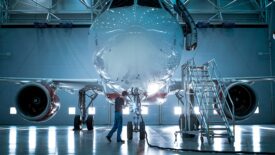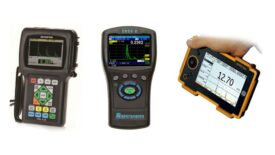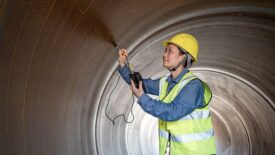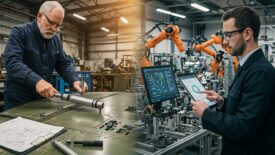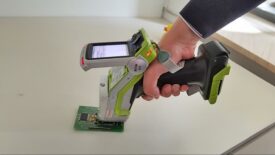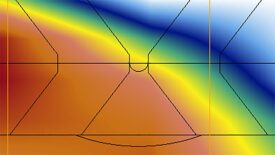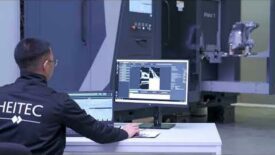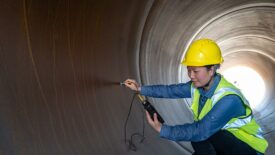NDT
NDT | AS9100
The industry is facing an extreme shortage of auditors that will only continue to grow without significant retention and recruitment.
Read More
NDT | Standards
Beyond Compliance: The Importance of Standards in the Mobility Industry
The key challenge lies in ensuring that these standards remain relevant, effective, and harmonized across global supply chains.
May 3, 2025
NDT | Ultrasonics
Thickness Gages in my Lifetime
Today’s ultrasonic thickness gages are more powerful and more versatile than at any other time in the history of NDT.
May 2, 2025
ASNT Column | Muriel D. Magloire
Behind the Scenes, Behind Schedule: NDT’s Workforce Shortage
This isn’t just an industry problem—it’s a public safety issue.
May 1, 2025
NDT
Beyond the Surface: Overcoming Challenges in Nondestructive Testing
The transition to NDE 4.0 presents a host of technical and non-technical challenges that need to be overcome for the industry to realize its full potential.
April 30, 2025
Management
The Death of Tactile Quality Control
The shift toward digital checklists and automated reporting has created an illusion of compliance.
April 23, 2025
NDT | XRF
Achieve RoHS Compliance
Uncover heavy metals, flame retardants, and phthalates with handheld XRF & FT-IR spectroscopy.
March 31, 2025
NDT | Ultrasonics
Scan Planning: Identifying Part Properties Effectively
When we start the scan planning process, we have to first identify the properties of the part that will be examined.
March 29, 2025
NDT | Computed Tomography
Real-time Quality Feedback Moves to the Active Production Line
Industrial CT-scanning systems and analysis software are providing faster insights into manufactured components.
March 18, 2025
NDT
A Bright Future for Terahertz in Nondestructive Testing and Condition Monitoring
Currently, the most common application of THz is to monitor coatings and multilayer structures.
March 10, 2025
Stay in the know with Quality’s comprehensive coverage of
the manufacturing and metrology industries.
eNewsletter | Website | eMagazine
JOIN TODAY!Copyright ©2025. All Rights Reserved BNP Media.
Design, CMS, Hosting & Web Development :: ePublishing

